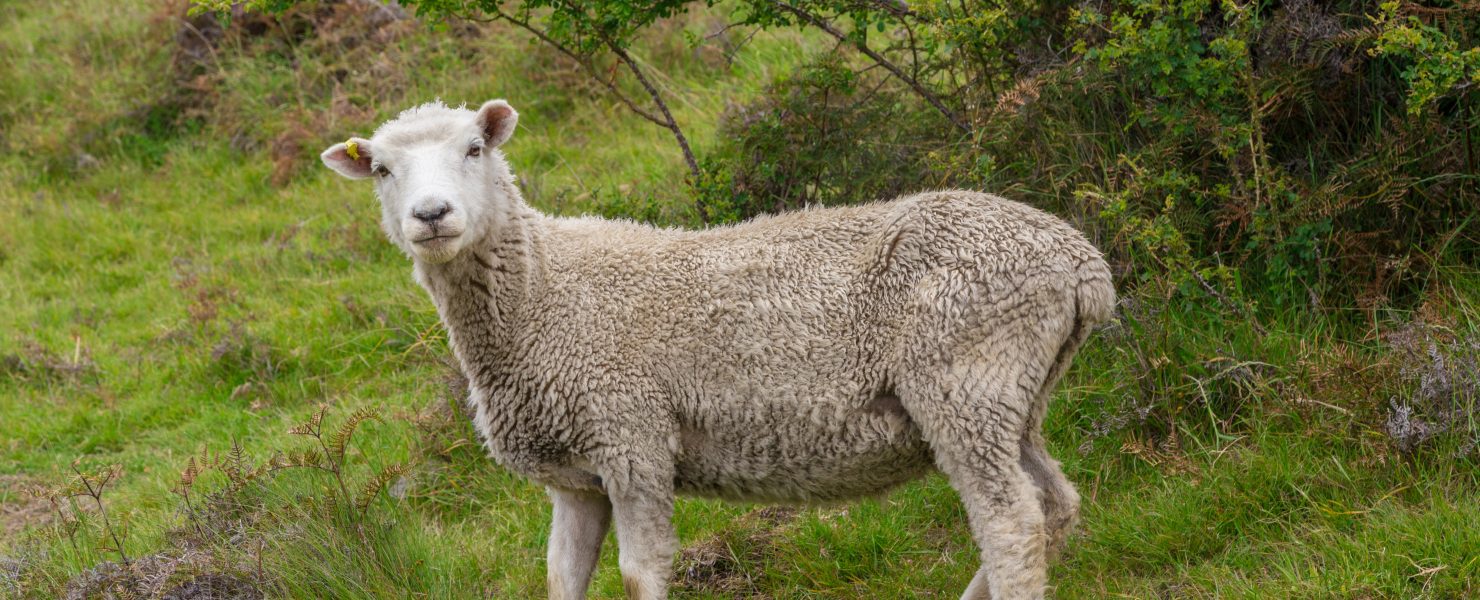
As Autumn is in full swing and we head towards winter, the opportunity to put weight on ewes with pasture alone is declining – if it was there at all recently. Off the back of drought conditions and a subsequent lack of feed, there are some lighter ewes around the countryside, but, if managed correctly, they will still have a productive season and rear good lambs.
It is easier for ewes to gain weight in early pregnancy when less of their reserves are going to foetal development, especially twin-bearing ewes. Trying to rectify the issue after scanning and shearing is often too late to make a real impact.
Body condition scoring and separating light ewes off as soon as possible after mating for preferential treatment, are great first steps to help increase liveweight and achieve target body condition. Feed budgeting and planning this year will be essential for all stock, especially the light ewes.
Knowing pasture covers, conducting feed analysis (crop tests/yields, baleage tests) and measuring grass growth, will all play a vital role in getting ewes back on track. Maintenance feeding (approx. 1-1.3kg good quality DM/day) is the target in early pregnancy for an ideally conditioned ewe, with feeding needs increased significantly to gain weight in this period. Beef and Lamb provide good figures on requirements for this.
Brassicas will provide a good opportunity for ewes to increase bodyweight, especially when supplemented with high quality baleage. As mentioned, accurate yielding and analysis is very important to allow correct allocations for animals needing to gain weight.
Grain feeding has already begun on some farms affected by drought. If you have lighter ewes that are not going on to crop, this can still be started, and it is better to add early on in pregnancy. The ewes should be transitioned on to grain over 14 days. Start around 50g per ewe per day and increase every second day to around 350-400g per ewe per day.
If needed, more grain can be added, but speaking with a nutritionist will be worthwhile to ensure a balanced diet, especially for hoggets. Adding salt at around 1% can increase intakes while offsetting the low sodium content of grain. Utilising grain also has the added benefit of allowing grass to recover and increase growth. Sheep nuts are another good dietary supplement instead of grain, albeit a more expensive option.
As vets, we always preach that adult sheep should be drenched as little as possible to help slow down resistance. However, in seasons like this, where feed is tight, parasites can contribute to poorer body conditions in adult stock. Pre-tup drenching may already have been required and pre-lamb drenching may also be required. These should be informed decisions made on the basis of both BCS and the results of faecal egg count tests, thus allowing a targeted approach to drenching only the adult stock that need it. Using an effective drench is also vitally important.
Low selenium can contribute to impaired immunity and ill-thrift. If selenium was not supplemented pre-tup, then it would be a worthwhile consideration now, especially for lighter stock that are more susceptible to these issues.
While it has been a tough season, there is still a good opportunity to turn light ewes around and make it a successful one for these girls. If you want to discuss ewe management further, please get in touch with your local Vetlife.